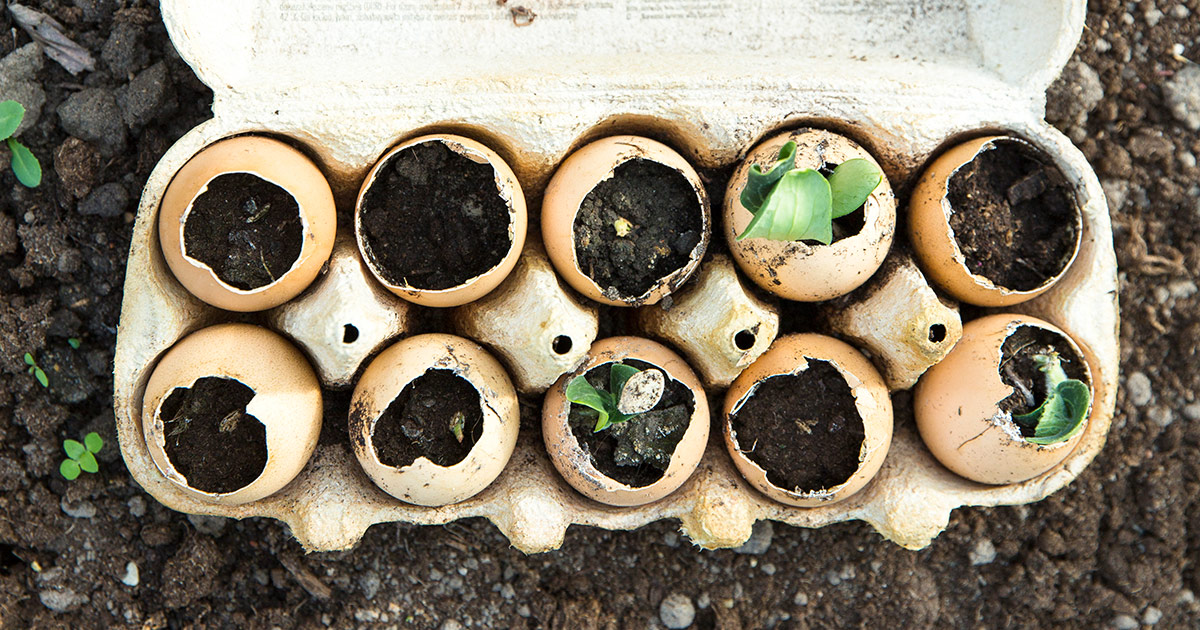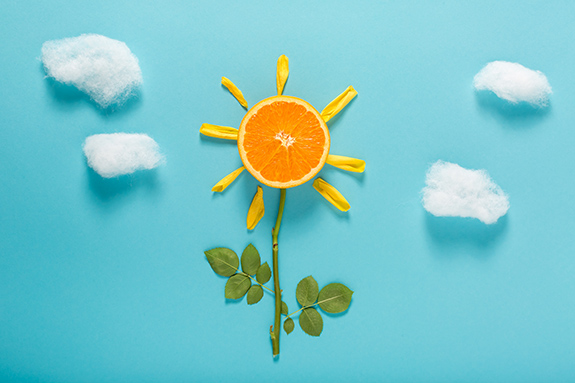
Summer is a perfect time for students to engage with the physical world and, quite literally, get their hands dirty as they learn. This is especially true because so many families grow gardens full of herbs, vegetables, fruit, and flowers in the summer.
Growing things over the summer gives kids practical skills and helps them learn about scientific processes. If you’re a teacher with children of your own, try these growing tips this summer and share them with other parents.
Eggshell herb garden
This is a simple activity that even little hands can participate in. The only materials required are:
- 12 rinsed eggshells
- One empty egg carton
- A selection of herbs in seed form
- Potting soil
Once parents have carefully rinsed out the eggshells, kids can help to spoon a bit of dirt into each egg. From there, kids can put some seeds into each shell with a bit more dirt on top. Finally, they need to label the herbs and wait for them to grow.
As the herbs begin to germinate, parents can help kids move the plants — shell and all — into a larger container so they can continue to grow. Growing herbs in eggshells shows students how natural materials decompose in the earth and promote the growth of other plants.
Seed jars
This activity requires a few mason jars, some paper towels, and, of course, seeds. When selecting a bean, consider using a variety of types to compare how they grow differently. Common choices for this activity include fava beans, butter beans, and red beans (just make sure to use dry beans).
Kids start by swirling around some water in the jar and pouring it out. Next, have them stuff the jar full of paper towels and place a bean (or beans) in the jar so it can be seen as it grows. Each day, the student should spray it with water and note the growth. Eventually, as the bean gets bigger, parents can discuss all the nutrients in that one bean and identify different parts of the plant. Alternatively, students could use plastic bags taped to a window filled with dampened paper towels, which will encourage them to see how the sun helps the process.
Grow a vegetable from itself
Several vegetables can grow new plants from part of the whole if given the opportunity. This can be a lot of fun for kids as they will see how the plants that they eat each day (often the discarded parts) continue to grow and have use.
- Garlic sprouts: Put a bit of water in the bottom of a cup and put garlic cloves in the water. Eventually, they will start to sprout, and the growth beyond the clove will be edible.
- Head of lettuce: If you put the root of a head of lettuce (or cabbage) in water, it will regrow leaves.
- Carrot greens: If you place the tops of carrots in water, they will grow carrot greens.
Helping students see the growing process in action is just the beginning with these activities. They also show young people how the food we eat often helps to promote regrowth — boosting their grasp of sustainability and similar concepts.
Ultimately, summer is a fun time to play outside in the dirt, but it’s still a time to learn. Giving students growing activities helps them to understand plant cycles, learn practical skills, and begin to understand how to live a more sustainable lifestyle.
Caitrin Blake has a BA in English and Sociology from the University of Vermont and a master’s degree in English literature from the University of Colorado Denver. She teaches composition at Arapahoe Community College.

